The Grumman F4F Wildcat may not have had the sleek lines or raw speed of some later WWII fighters, but what it brought to the fight was grit. As the U.S. Navy’s main carrier-based fighter in the early years of the Pacific War, the Wildcat went up against faster, more maneuverable Japanese Zeroes—and still came out swinging. Designed for toughness and reliability on the open sea, the F4F earned its place in history by holding the line when the Navy needed it most.
Designed for carrier life
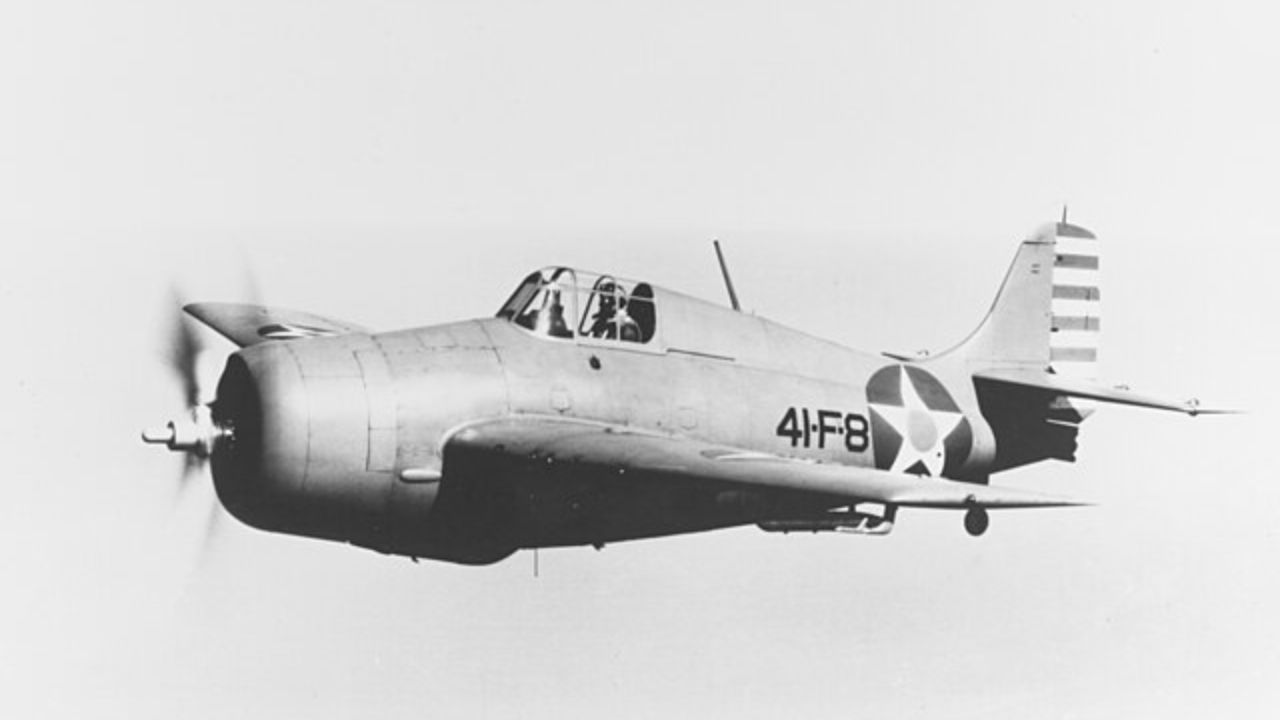
The Wildcat was built from the start with the carrier deck in mind. Grumman gave it a rugged, manually operated landing gear and a fuselage tough enough to survive hard landings at sea. This wasn’t a fragile airshow bird—it could take a beating and keep flying. That kind of durability was critical early in the war, especially when maintenance crews were limited and spare parts weren’t always nearby.
Held its own against the Zero
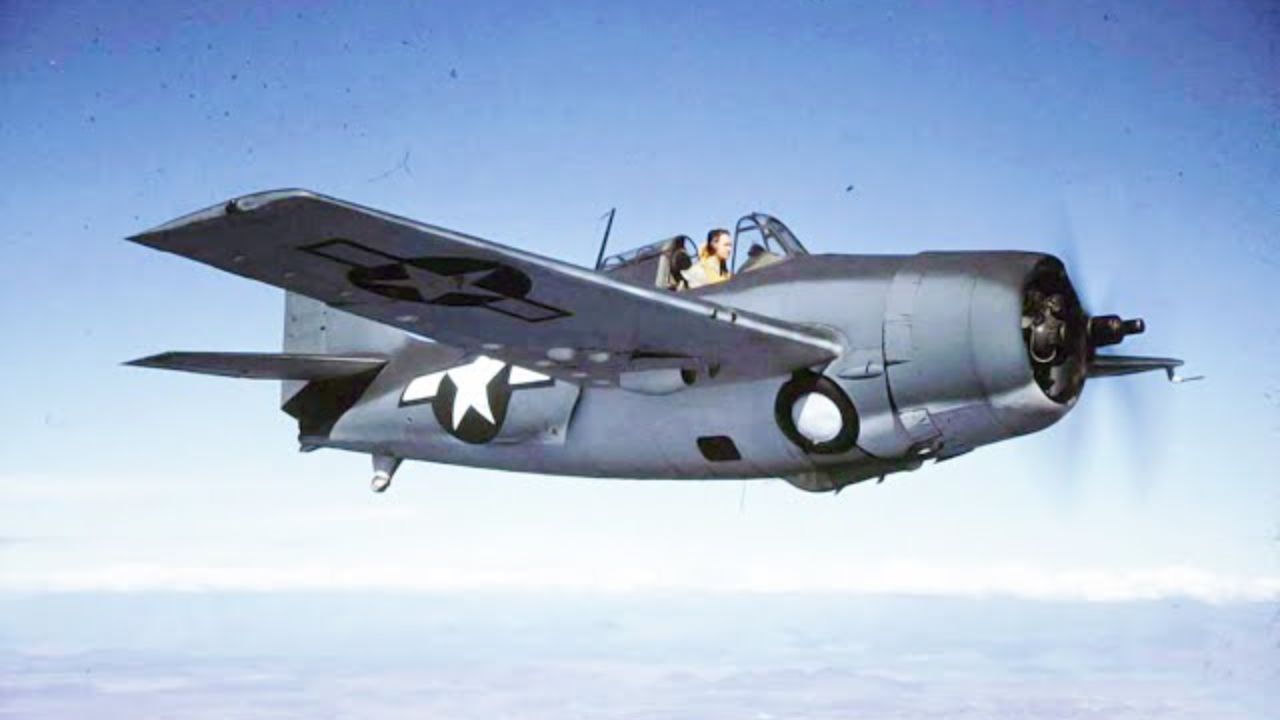
In raw speed and agility, the F4F couldn’t match the Mitsubishi A6M Zero. But it had better armor, self-sealing fuel tanks, and could out-dive the Japanese fighter. U.S. pilots adapted their tactics accordingly, using the “Thach Weave” to counter the Zero’s turning advantage. The Wildcat’s survivability often made the difference, allowing pilots to bring their planes—and themselves—back home after a dogfight.
Powered by a radial workhorse
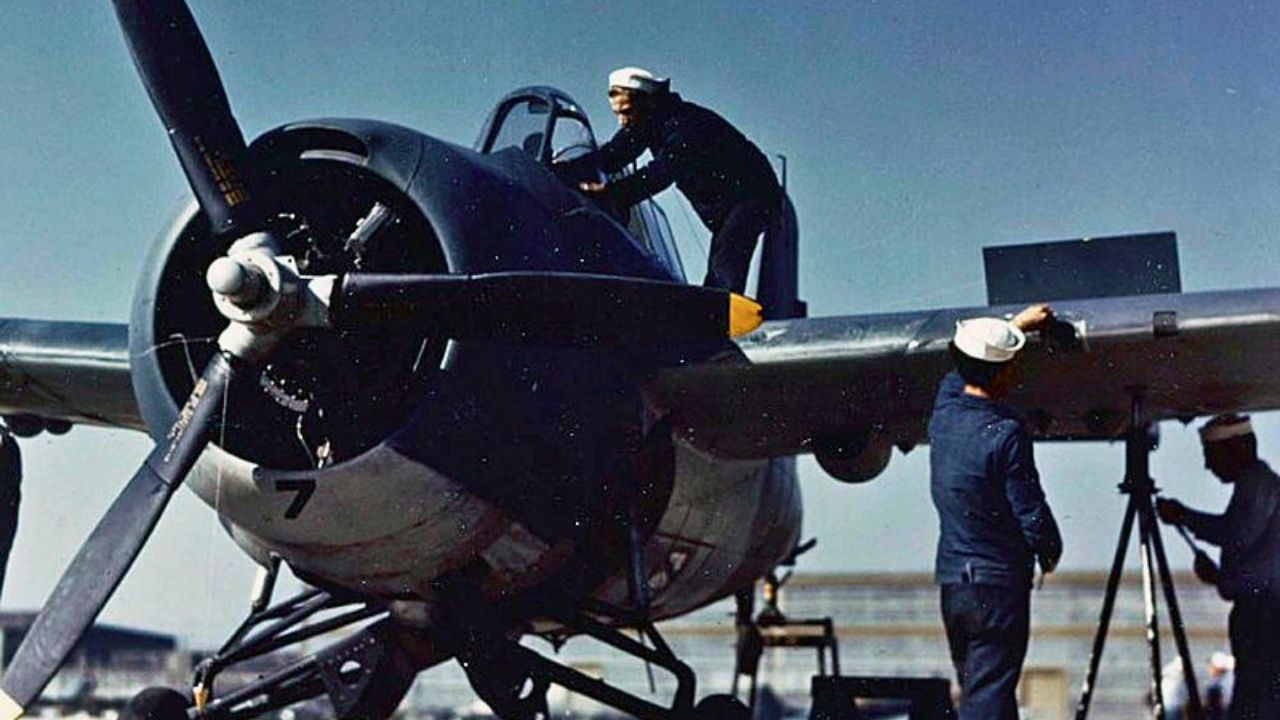
Under the hood, the Wildcat used the Pratt & Whitney R-1830 Twin Wasp, a two-row radial engine pushing out up to 1,200 horsepower. It gave the F4F a top speed of around 330 mph and a ceiling over 34,000 feet. The engine was air-cooled, simple to maintain, and well-proven across multiple platforms. That reliability was key to its success in long, grueling operations from the deck of a carrier.
Heavy firepower for its day
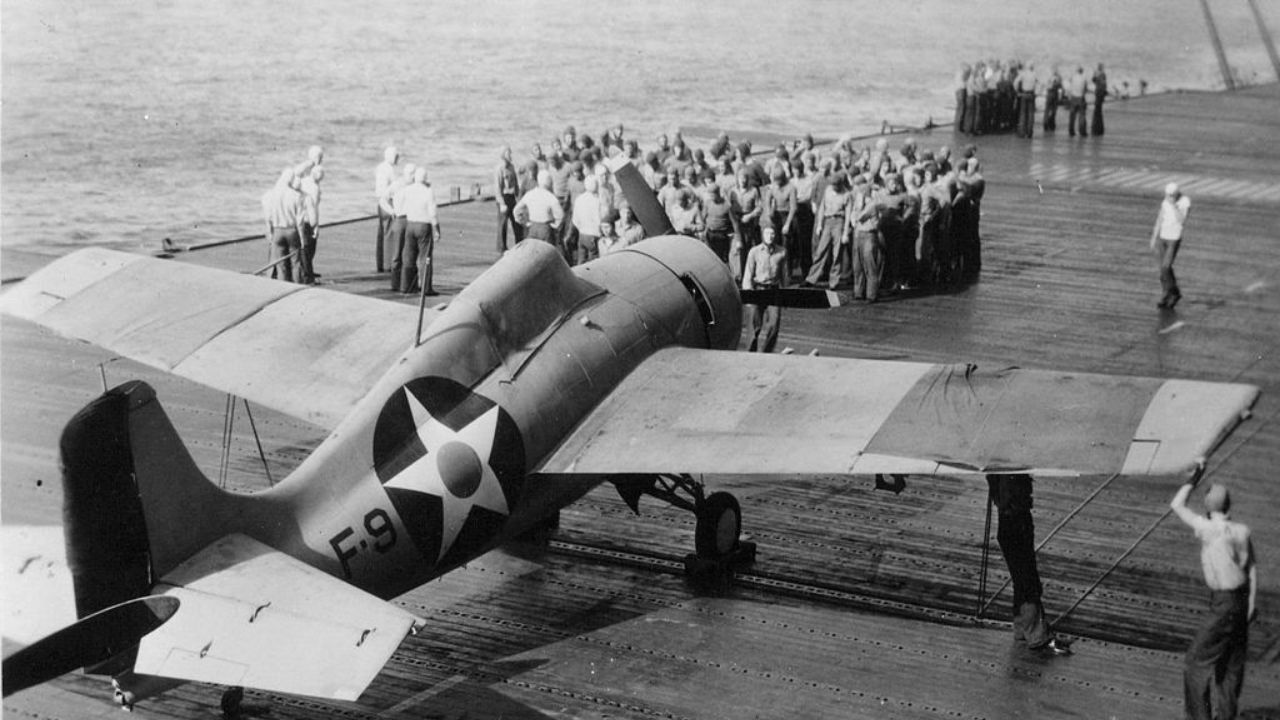
The F4F-4 variant carried six .50 caliber Browning M2 machine guns—impressive for a fighter of its size. It could also mount a pair of 100-pound bombs under the wings. While the extra guns came at the cost of some climb performance, they packed enough punch to bring down bombers and hold their own in dogfights. In combat, firepower often mattered more than finesse.
Took a beating and kept flying
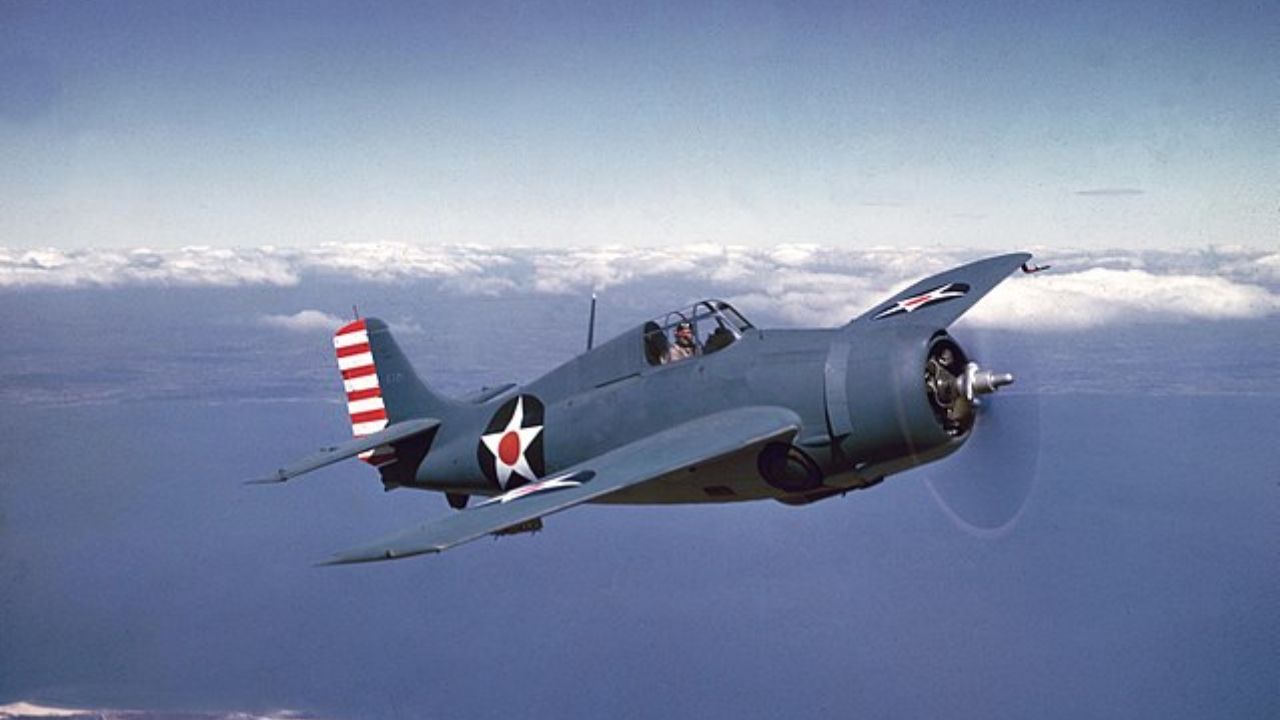
Grumman’s planes earned a reputation as “Iron Works” products, and the Wildcat fit that name perfectly. Pilots often came back with shredded control surfaces, fuel leaks, or blown landing gear—and still made it back to the carrier deck. The F4F’s stout construction and redundant systems gave it a real edge in survivability, especially compared to more delicate enemy aircraft.
Star of the early Pacific battles
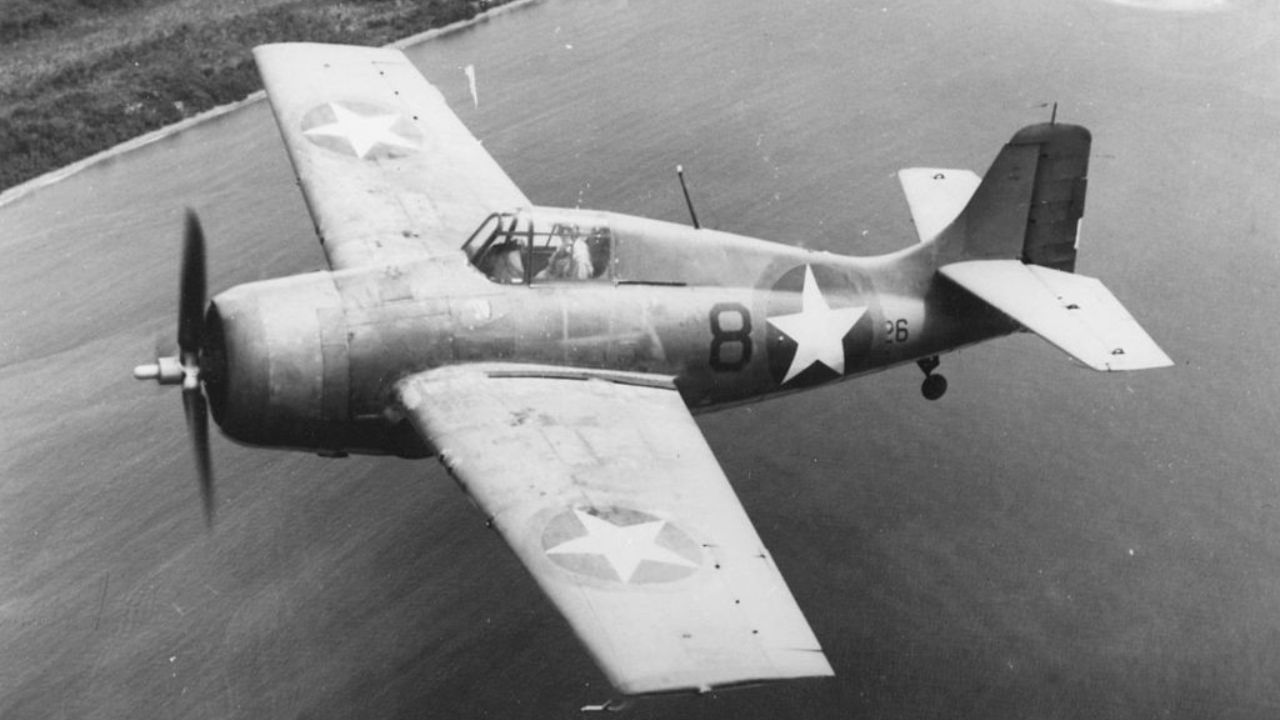
From the Coral Sea to Midway to Guadalcanal, the Wildcat was front and center. At Midway, Wildcats launched from Yorktown and Enterprise were instrumental in screening torpedo bombers and intercepting Japanese attacks. On Guadalcanal, Wildcats operated from rough airstrips and small escort carriers, helping to hold the line until newer aircraft arrived. It was never flashy, but it got the job done when things were most uncertain.
Built by both Grumman and General Motors
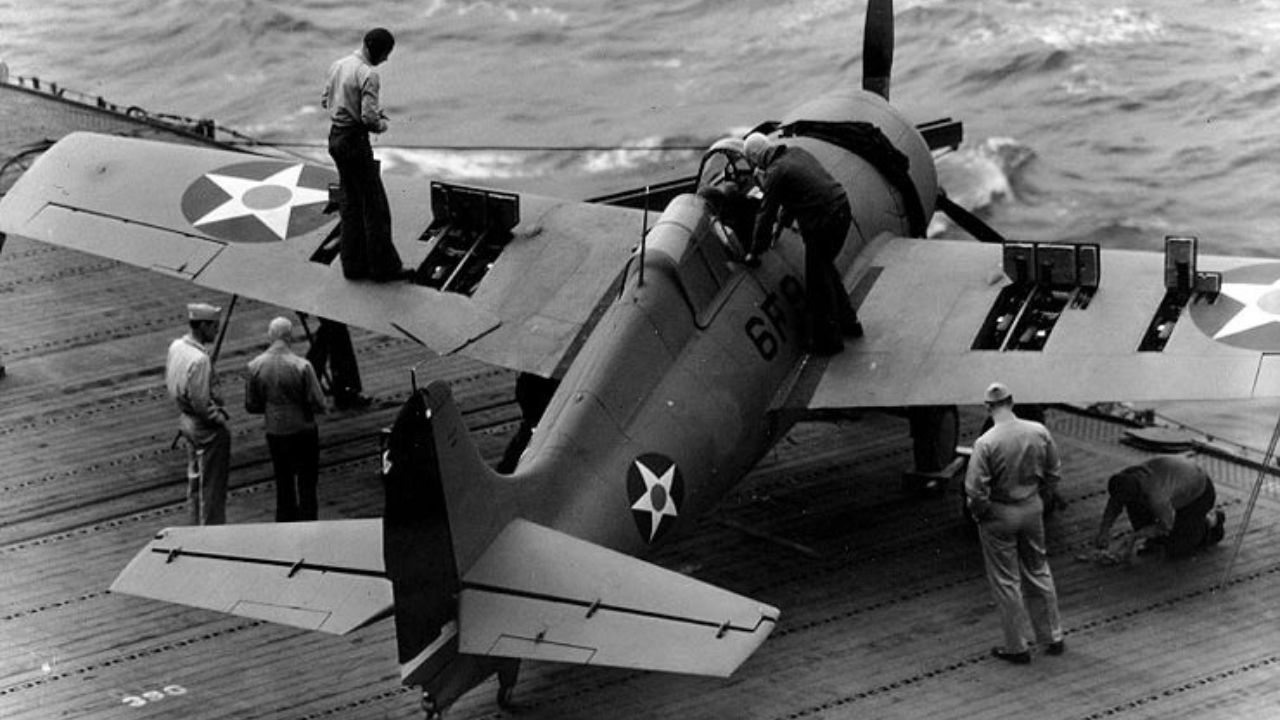
As demand grew, Grumman focused on newer designs like the Hellcat, and General Motors took over Wildcat production under the Eastern Aircraft Division. These GM-built planes were designated FM-1 and FM-2, with the FM-2 featuring a more powerful engine and some weight reductions. In total, over 7,800 Wildcats were built across all versions, showing how critical they were to the war effort.
Stayed in service through 1945
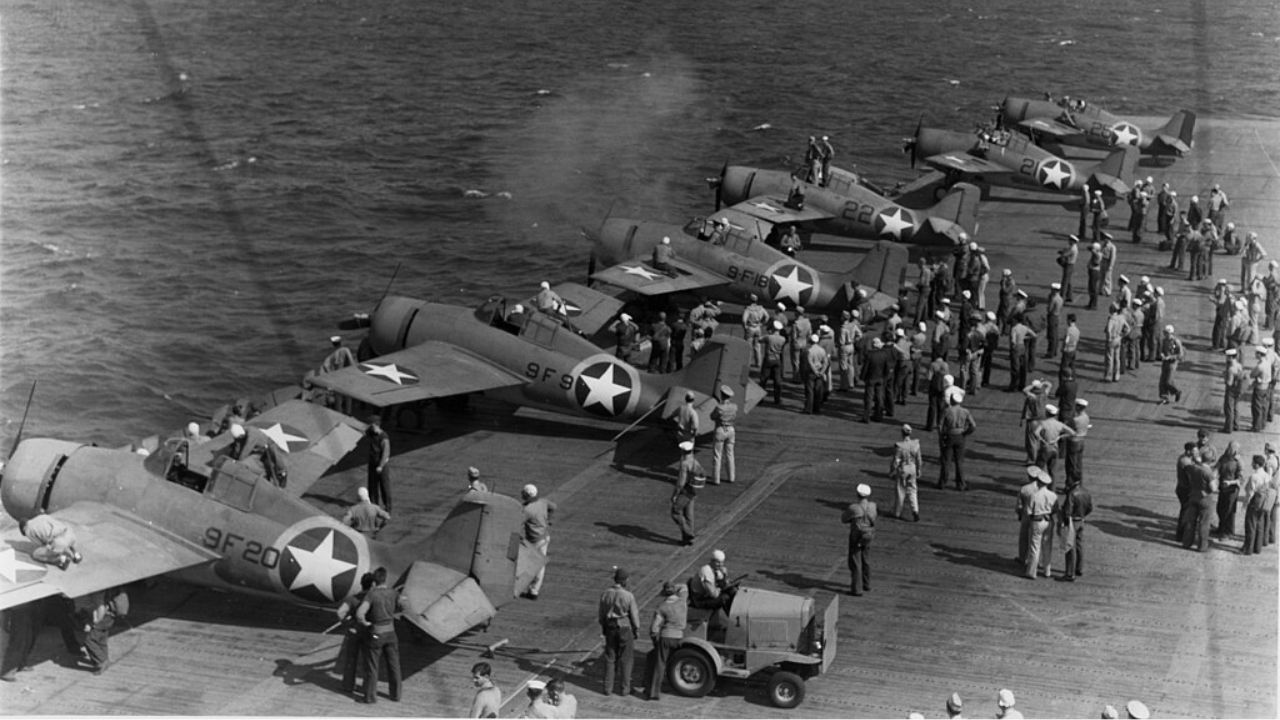
Even after being replaced by the Hellcat on front-line fleet carriers, the Wildcat served on smaller escort carriers until the end of the war. Its shorter wingspan and rugged gear made it perfect for the limited space and tough landings on these “jeep carriers.” In convoy protection and close air support roles, the Wildcat kept proving its worth right through the final years of the war.
Tricky landing gear
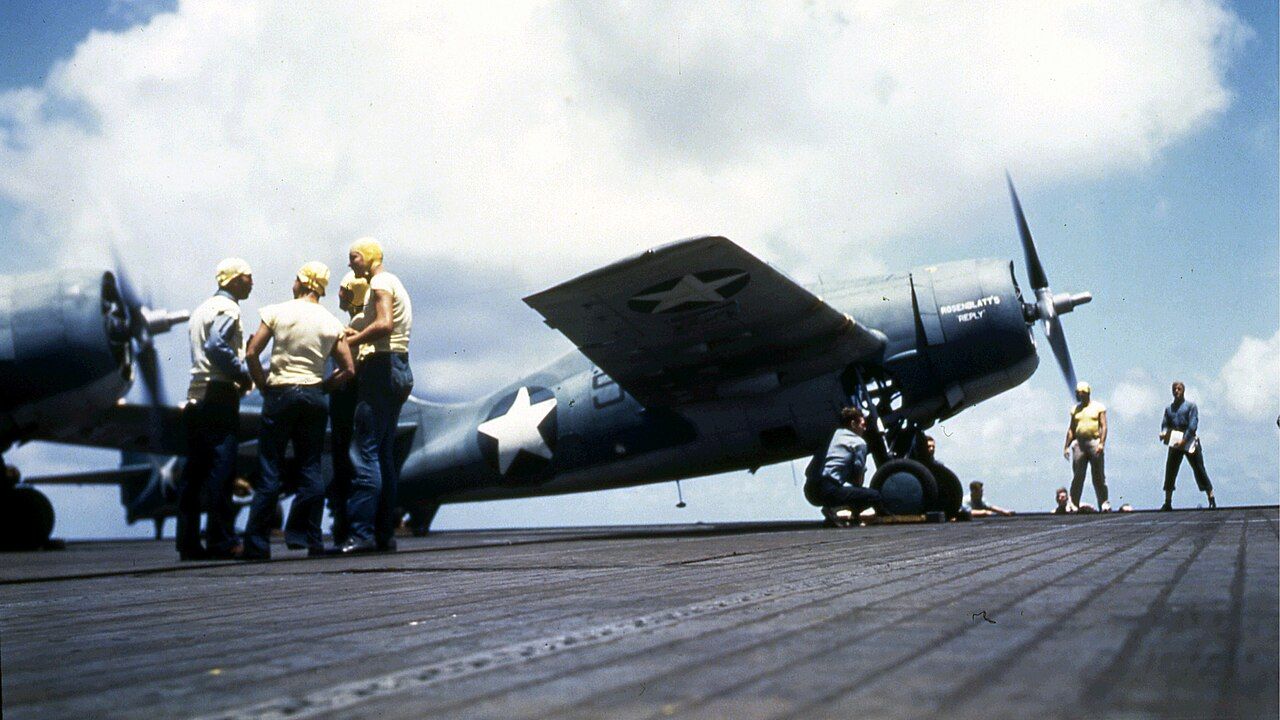
The F4F’s main landing gear had to be cranked up and down manually by the pilot—about 30 turns of a hand crank in the cockpit. It wasn’t a great setup in a high-stress situation, but it was simpler and more damage-resistant than hydraulic systems. It was one of those quirks that pilots hated but came to respect, especially when other aircraft with more complex systems couldn’t get their gear down at all.
Legacy of the Wildcat
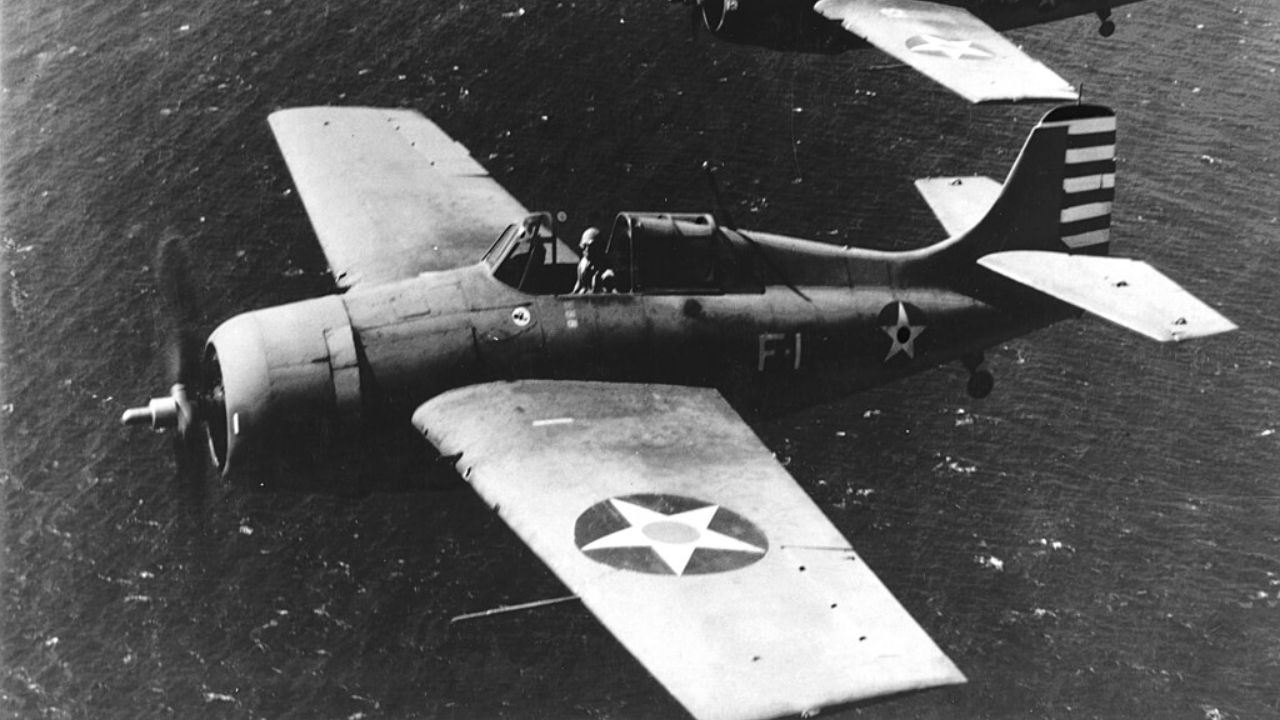
The Wildcat helped the Navy hold on long enough to bring more advanced aircraft into the fight. It wasn’t glamorous, but its combat record and survivability earned it respect. For many carrier pilots in 1942, the Wildcat was their only shield against overwhelming odds. It was the right fighter at the right time—proving that toughness and good tactics can go a long way, even when the specs say otherwise.
Like Fast Lane Only’s content? Be sure to follow us.
Here’s more from us:

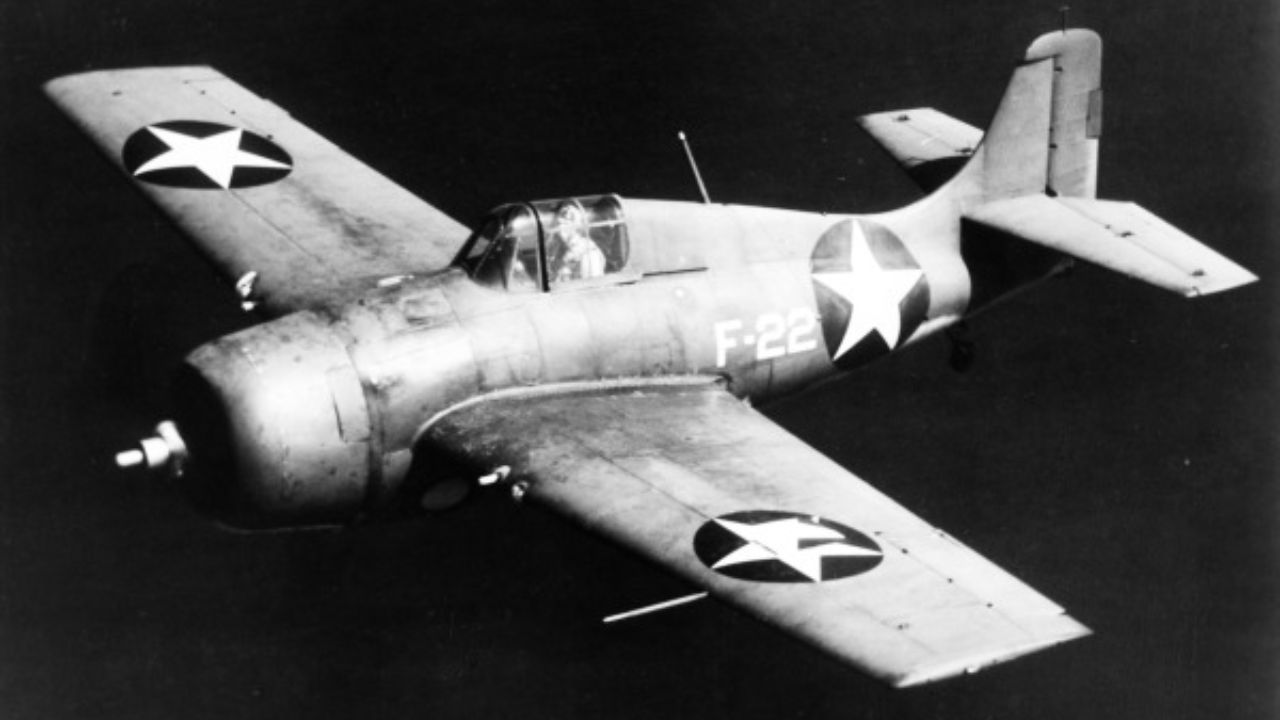

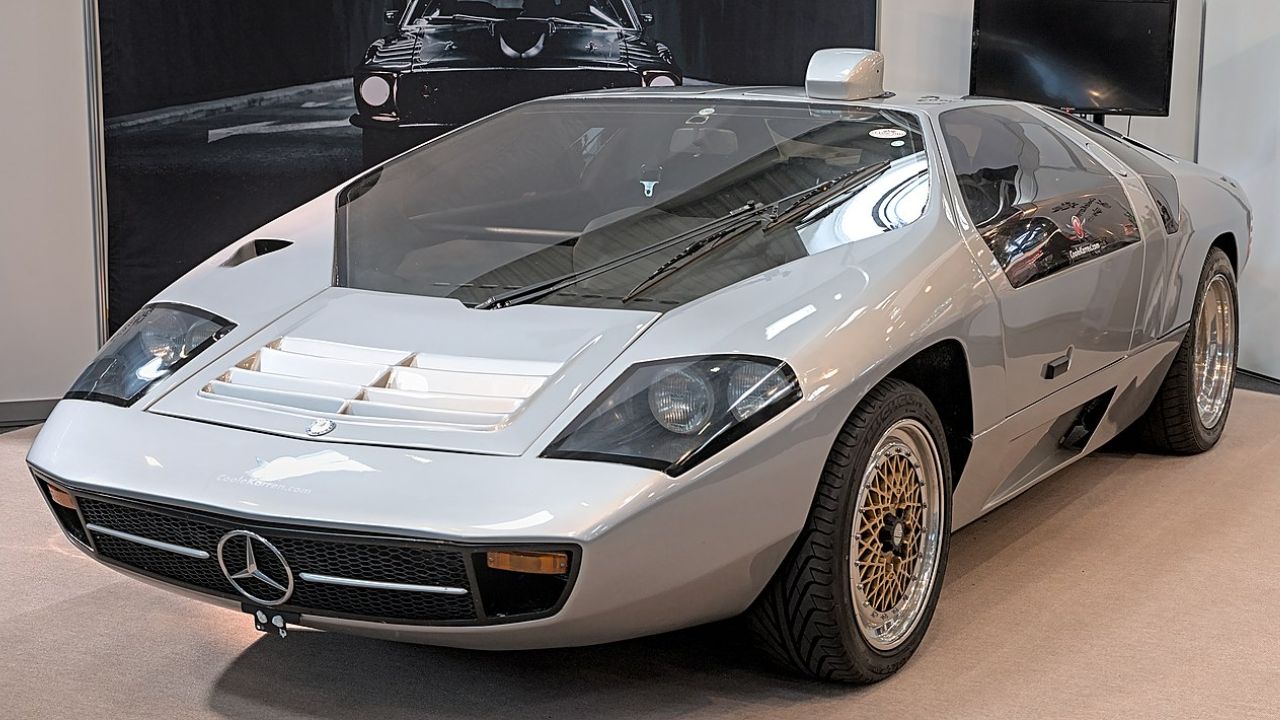
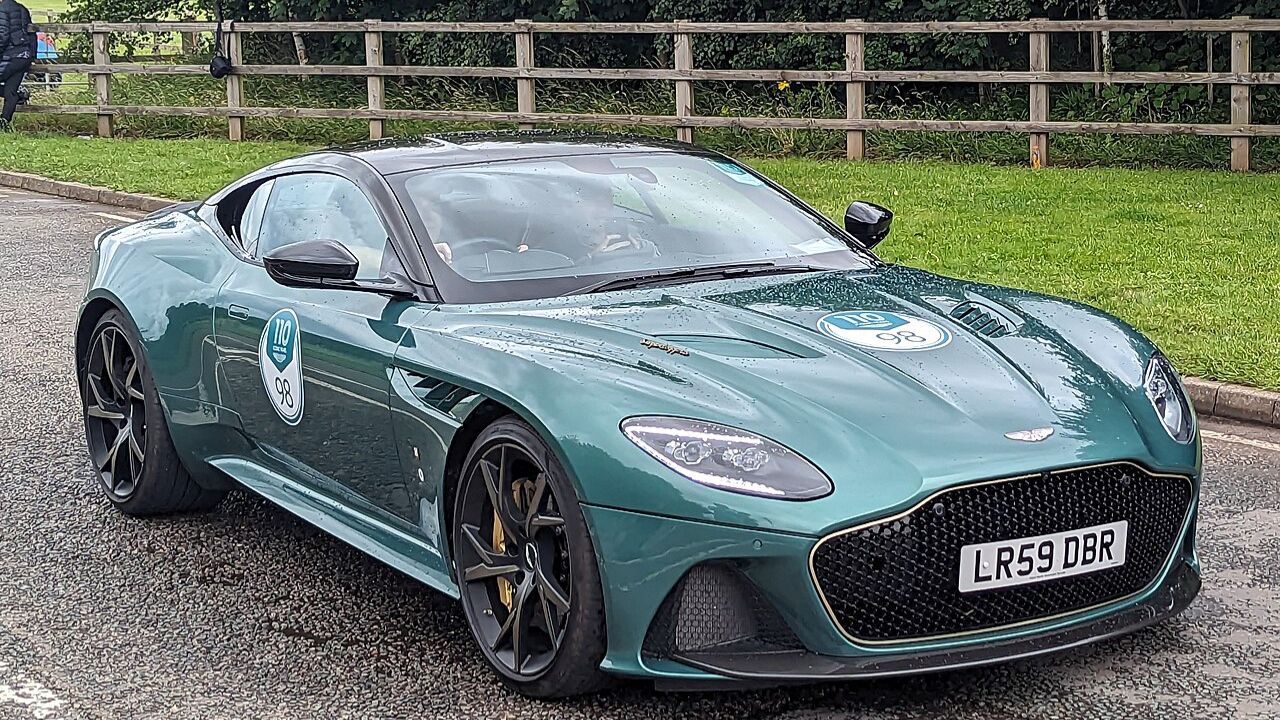
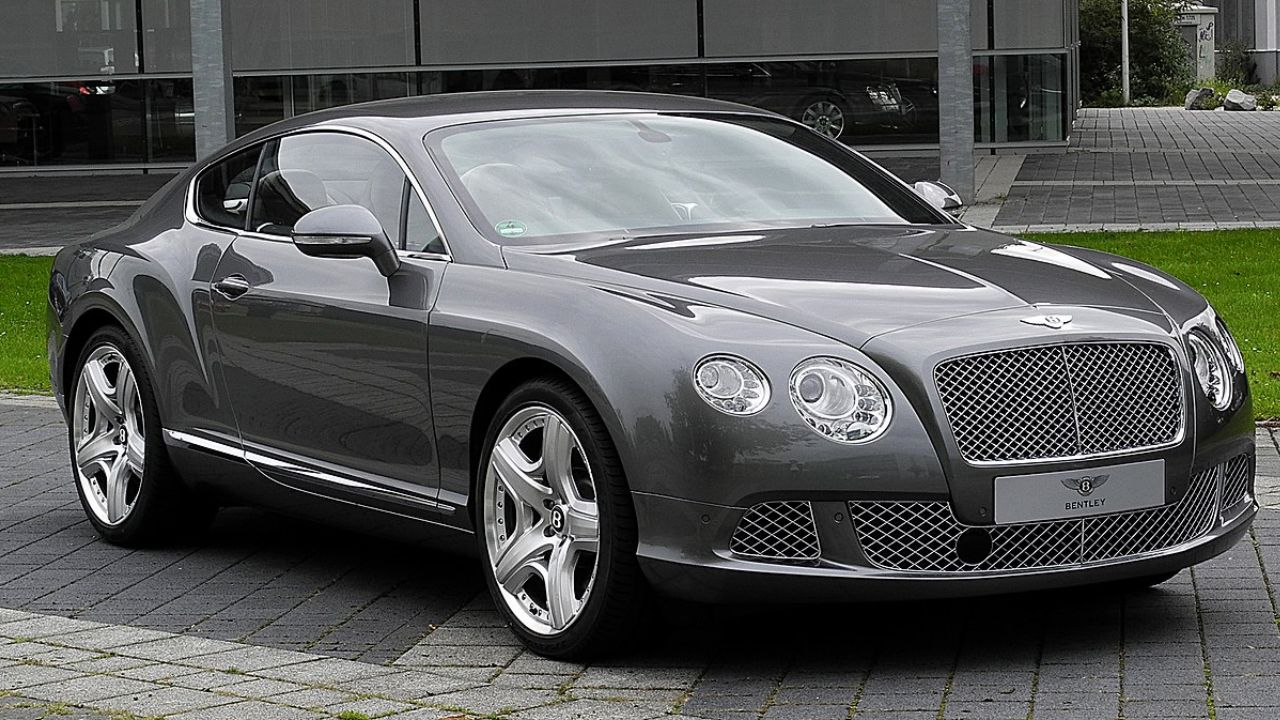
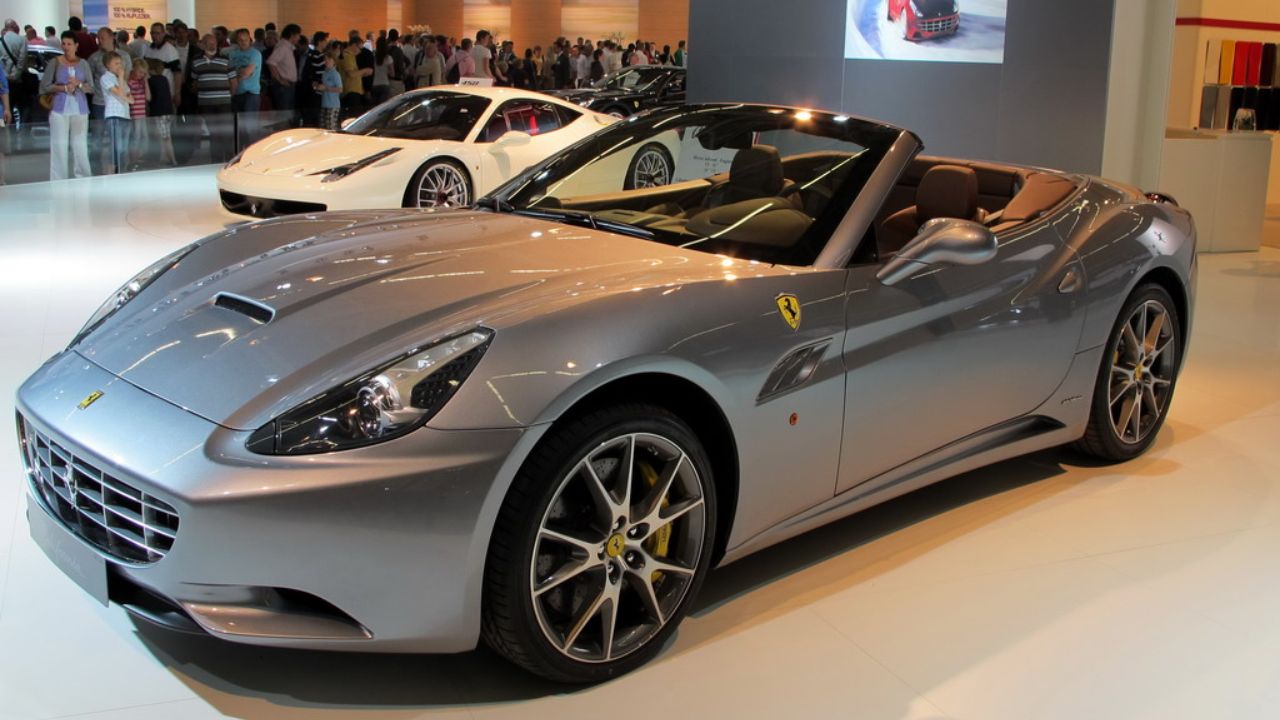
Leave a Reply